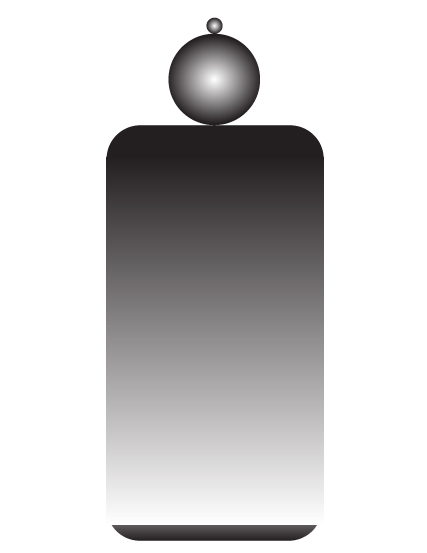Morrison Audio Model 29
The new Model 29 is the result of a continual quest since 1933 to park the illusion of a live musical event in the listening room. Paul Voigt introduced his corner horn loudspeaker in 1933 to the astonishment and delight of music lovers.
Voigt later worked with Alan Blumlein developing electronics and exploring the realm of stereo recording in the 1930ʼs. Voigt later associated with Donald Chave and Peter Lowther. Lowther later teamed up with Stewart Hegeman and released the Lowther Hegeman speaker in 1951.
Stewart Hegeman was the designer of the Dynaco FM-1 tuner and the Harman Kardon Citation series of pre and power amps. In the 1960ʼs he designed and built video recorders long before they became commercially available. Starting in the 1950ʼs Hegeman designed and built omnidirectional speakers with a unique method of bass loading.
He continued to do so until 1977 when he handed the reins over to me. These giants of the audio world laid the groundwork for sound reproduction in the home. It is a daunting thought that Iʼm at the end of the longest continual chain in the audio industry with all these gentlemen breathing down my neck.
The Model 29 is a two way floor standing sealed system standing 23” tall by 11.5” wide by 10.5” deep. It tips in at 62 Lbs. After experimenting with more woofers & tweeters than Iʼve had hot dinners the conclusion was that none of them were good enough. The heavy hitters of the drive unit industry charge a fortune but their products seem to always fall short on performance. The only solution was to go with custom drivers. A painful process. Not cheap either. The goal was to develop a woofer with a very long linear throw with a minimum voice coil inductance. A tall order. The result is a 28 mm peak to peak linear throw coupled with a smooth wide band response and lowest distortion possible. Umpteen commercial tweeter drive units were also measured. They kept falling short of the mark. The best available ones featured a linear throw of only 1 mm peak to peak even though the Fs was a respectable 600 hZ or so. The best one I could find could only be crossed over at around 1450 hZ using a 24 dB LR slope. The final choice was a custom unit. It has a 2 mm ptp linear throw with an Fs of 525 hZ. This allows the tweeter to be crossed over as low as 1 K hZ without any appreciable distortion. Months of R & D were spent chasing down unwanted cabinet resonances. Some were ridiculously tiny ones, which were barely measurable using the most sensitive accelerometers. The ear certainly couldnʼt detect them individually. When adding up the sum of over twenty different areas of vibration the net result was measurable and certainly audible. As with all improvements the results were verified by careful measurements and several pairs of trusted ears. To confirm these improvements the changes were removed and the speakers were temporarily restored to their earlier configuration. They were then measured and listened to for a period of several days with many notes taken. It should be noted that the panel of trusted ear folks attend unamplified concerts on a regular basis. Opera, chamber music, piano, harpsichord, jazz etc. Every pair of Model 29ʼs is tested and measured to within an inch of itʼs life. They are then test driven by the most miserable critic of the product. That would be me.
It should also be noted at this time that the sound of a pair of Model 29ʼs is as close to transparent as I can make them. No other speaker system at any price can better present the illusion of “disappearing” in the room. ( See “Rooms & Speakers”) The laws of physics and acoustics determine the outcome, not promotional hype. A pair of Model 29ʼs are capable of a response of 34 to 20 K hZ +/- 2 dB in a medium sized listening room. Must be Bi-amped. 50 watts times four minimum required.

